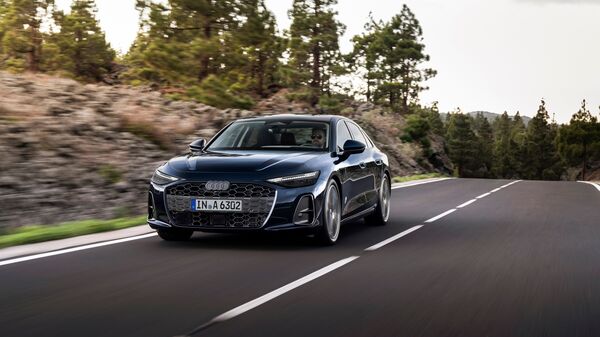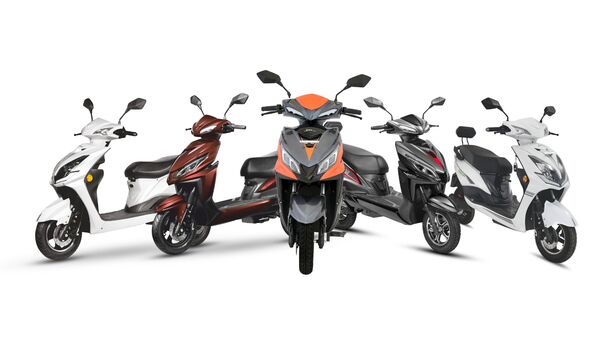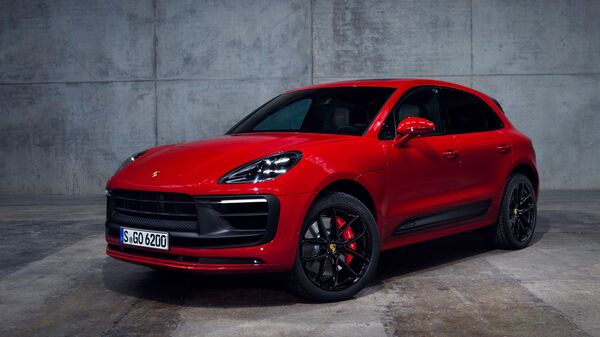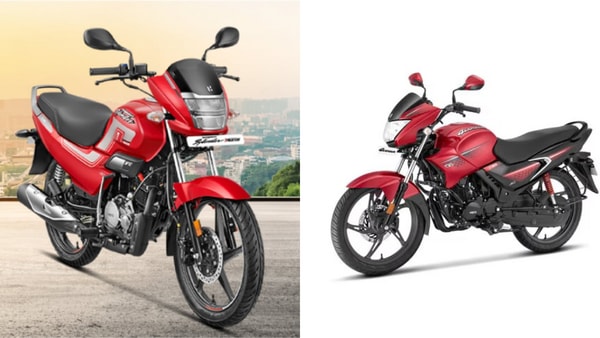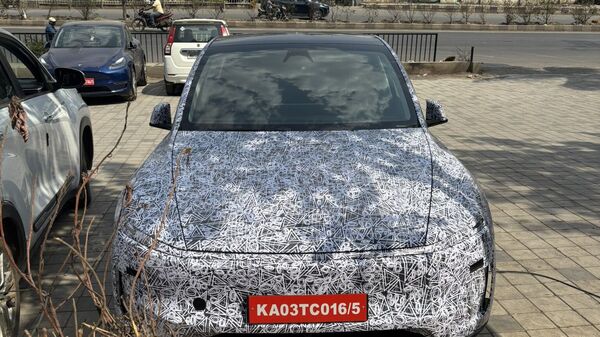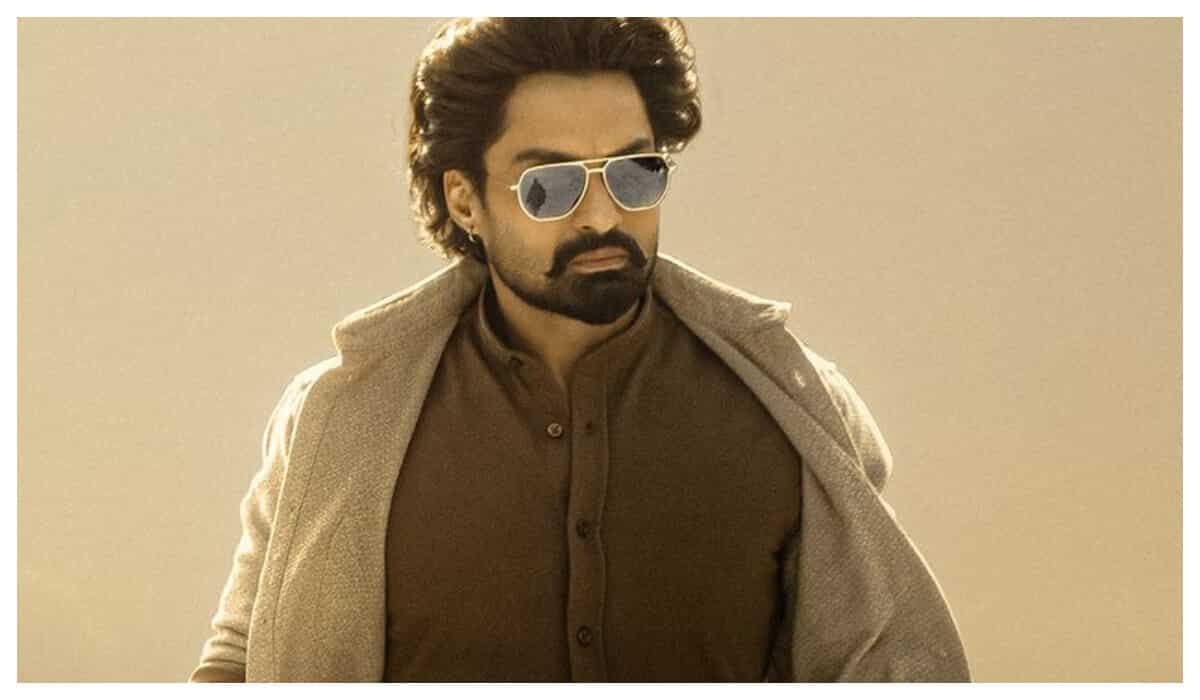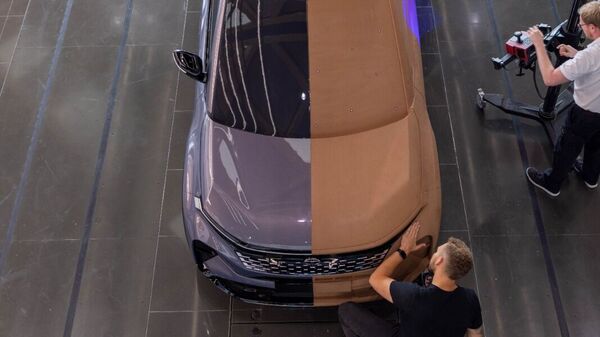
For Tata Motors high-tech, streamlined vehicle design adds competitive edge
7 months ago | 83 Views
SUVs are the talk of the town, and that’s not a secret anymore. To hop on to this wagon, every automaker in the country is entering the SUV segment. While on one end many of the automakers are going with big boxy SUVs, Tata Motors seems to have a different approach to stand out from the crowd.
In an interaction with HT Auto, Ajay Jain, Head of India Studio and Global Design Strategy, Tata Motors, explained that the company will focus on introducing high-tech-looking cars with streamlined structures to improve efficiency. This is something that is visible in the company’s recent offerings like the Tata Nexon, Safari, Harrier and the most recent one being the Tata Curvv.
Defining the current design language as appropriate for Tata Motors, Jain explained that the current set of customers associate the company with design, technology and safety, and the recent design language shift communicates these values.
He stated that customers nowadays have become well-informed and they have very high expectations with the products that are being offered. Customers are looking for products that are the best in the world that the money can afford, and the ‘chalta hai’ mindset is gone, Jain emphasised. Thus it is important to keep pushing the boundaries to stay relevant in the market.
Focus on newer design language
Furthermore, Jain emphasised that customers nowadays are craving for sustainable options. This means that the customers want to see more efficient use of things. “At least our customers don't want to appear to be wasteful, aggressive or overburdening the planet," he explained.
While traditionally aerodynamic design language has mostly been associated with EVs (electric vehicles) to improve range, Tata Motors believes that emphasis on aerodynamics is equally important for internal combustion engines (ICEs). The company is making deliberate efforts to introduce a more streamlined product design. One of the easiest ways of looking efficient is to look high quality, seamless and high tech, Jain added.
For Tata Motors, aerodynamic design is a core element in its vehicle development. In an earlier conversation with Martin Ulharik, Head of Global Design, Tata Motors, it was learned that while aerodynamics are often associated with electric vehicles, the company is actively incorporating these principles into its internal combustion engine offerings as well.
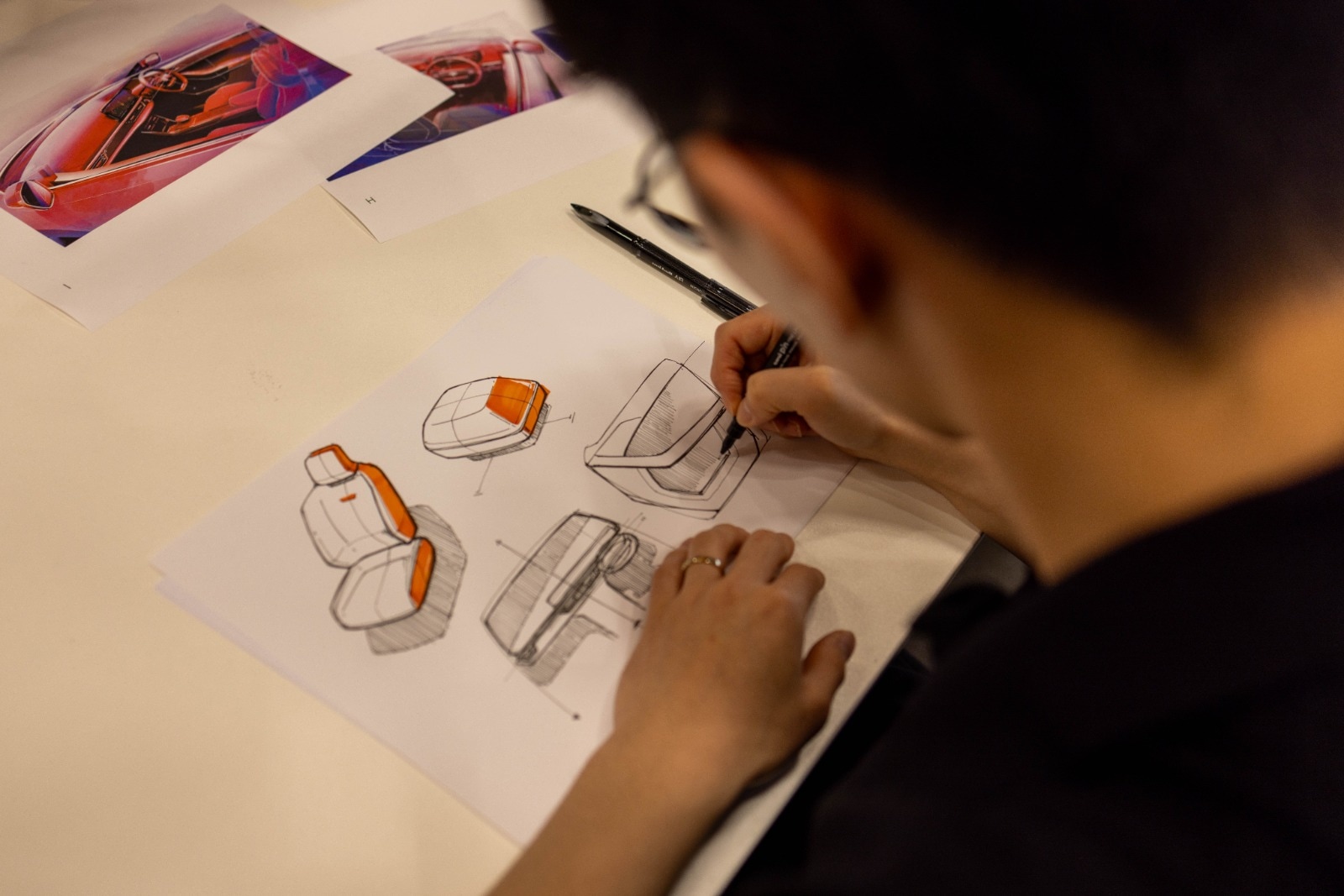
Ulharik stated that by reducing drag,aerodynamic designs can improve fuel efficiency and reduce emissions, contributing to a more environmentally friendly driving experience. Additionally, aerodynamic vehicles often have a sleek and modern appearance, enhancing their visual appeal.
Interestingly, Tata Motors believes that its competitors have a strong presence in India by having models that were designed for global markets. Thus walking the same path for Tata isaimed to create vehicles that can dominate the Indian market as well as compete on a global stage.
The company is of the opinion that the automotive industry is shifting from traditional, analog products to digital consumer offerings. And technical innovation is forcing design to evolve. While some cars are certainly more dramatic than others in scoping flashy attention from buyers, others take on a timeless approach.
One for all
Another key area where Tata Motors is focusing is to provide solutions for different customer needs. In this regard, one of the steps taken by the company is the ‘Persona’ based variant strategy. Defined as one of the key elements in Tata Motors' design strategy, the ‘Persona’ based approach allows the company to view product trims horizontally rather than vertically. The company believes that by avoiding a traditional hierarchy of trims, it is offering lifestyle choices to customers without imposing budget constraints.
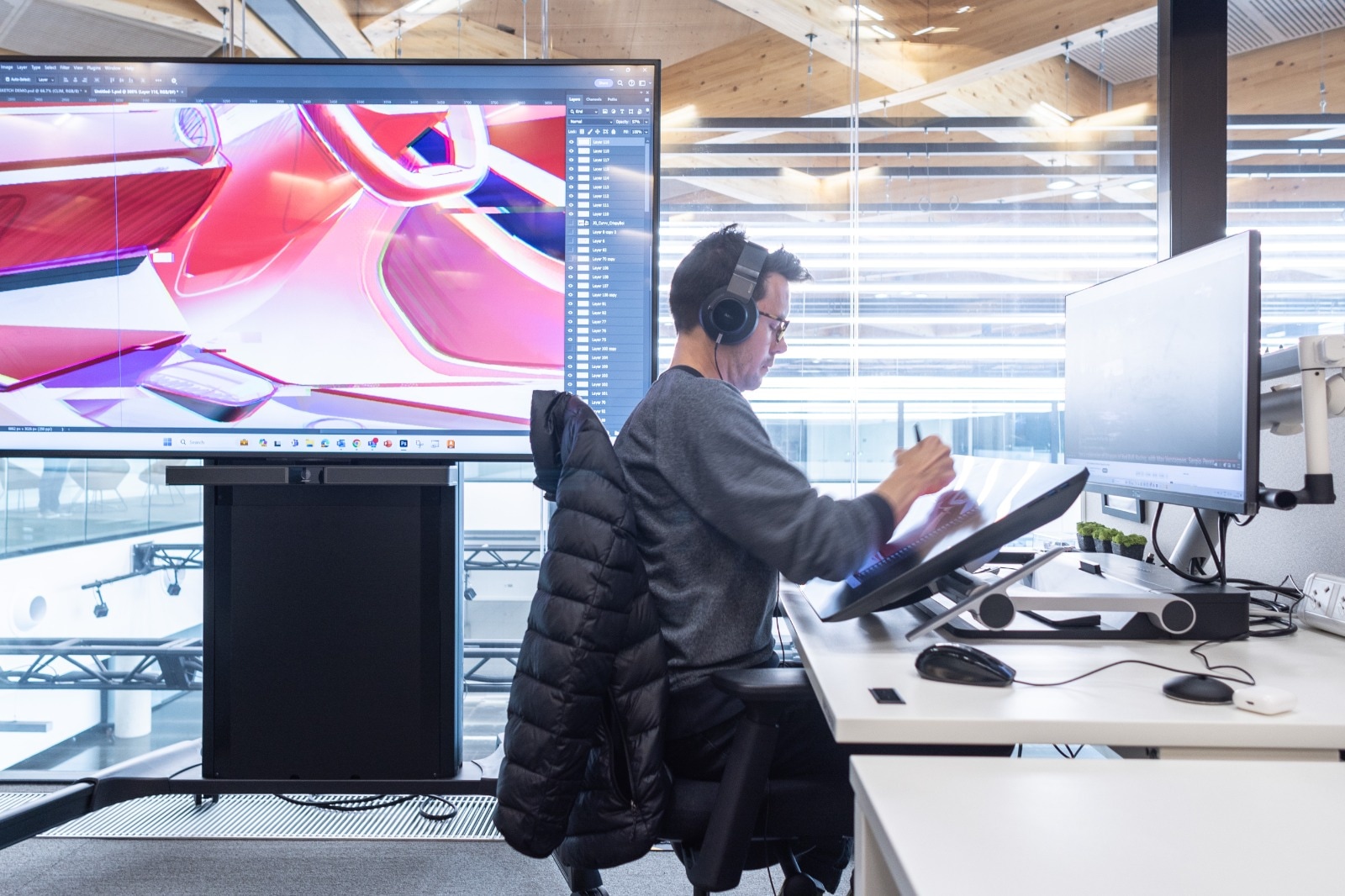
Debuted with the Tata Punch, the ‘Persona’ strategy has since gained traction with models like the Nexon, Harrier, Safari and the Curvv. According to Ulharik, this strategy has made the entire design process more creative and appealing, allowing buyers to select a vehicle that aligns with their personality.
He added that the company has developed a strategy for each model, offering six to seven distinct ‘personas. Each model in the lineup is aligned with the specific personas that potential buyers are likely to connect with.
Jain believes that there is not a single trend that is dominating the industry anymore. He explained that every customer has his/her own taste, style and preference, and they don't all conform to the one big, global trend. “So we do, we do see that now everything will be splintered and everything will coexist," he added.
Read Also: More affordable CNG bike incoming, new platform for Chetak planned: Rajiv Bajaj
#

